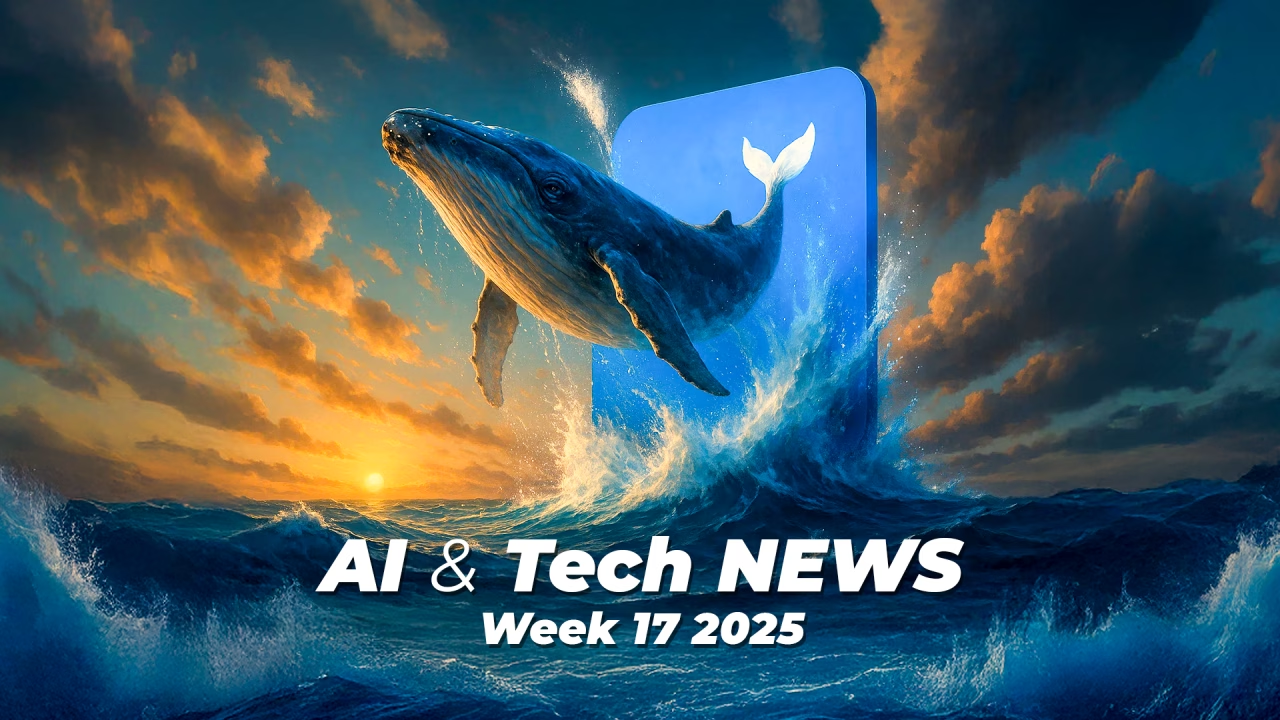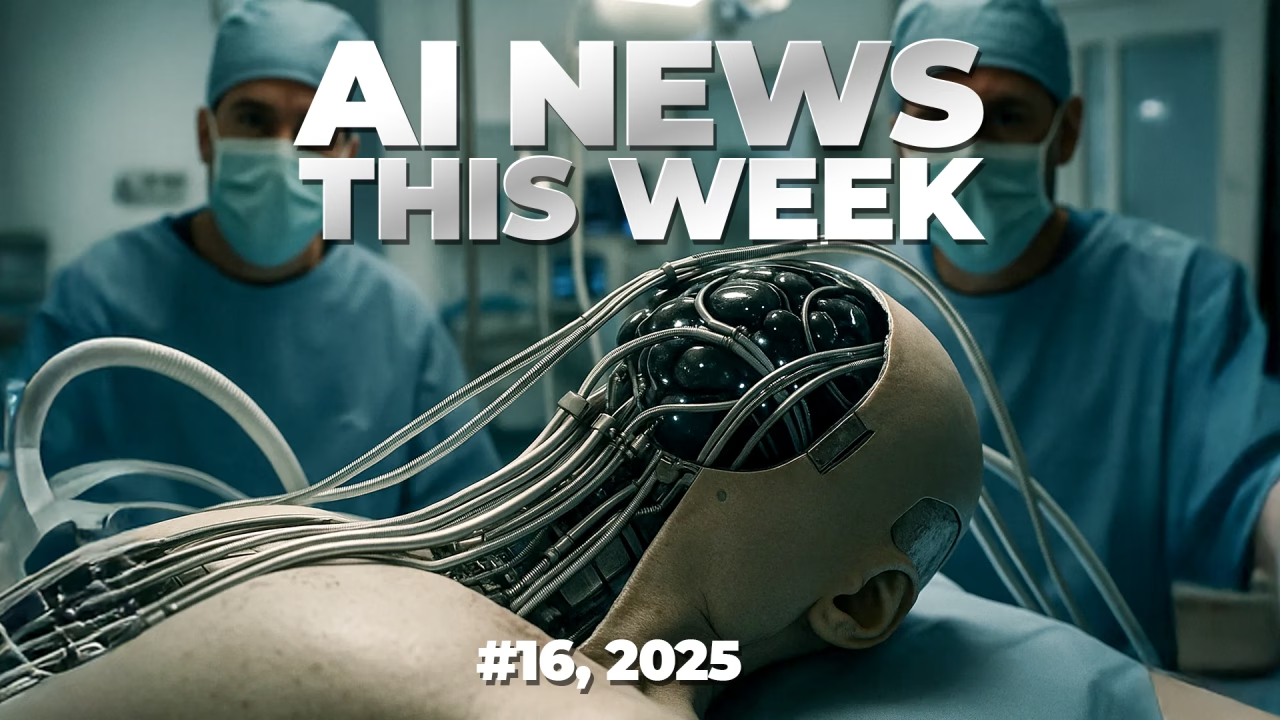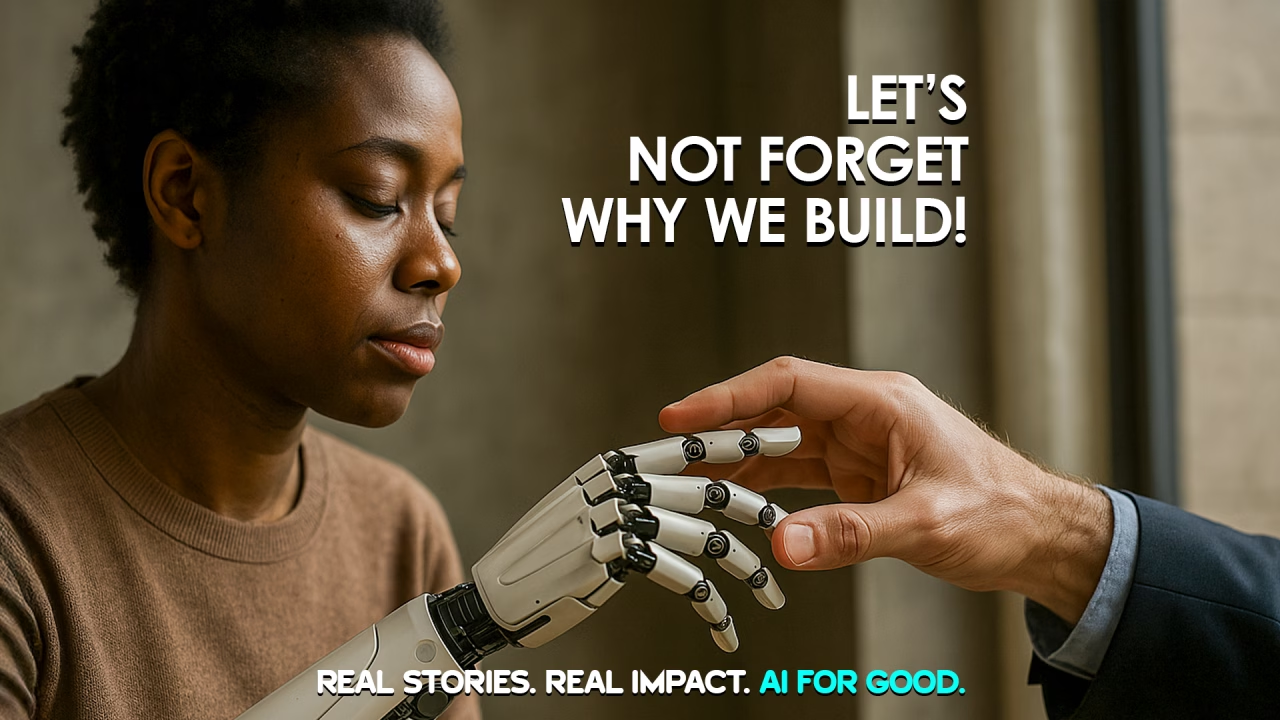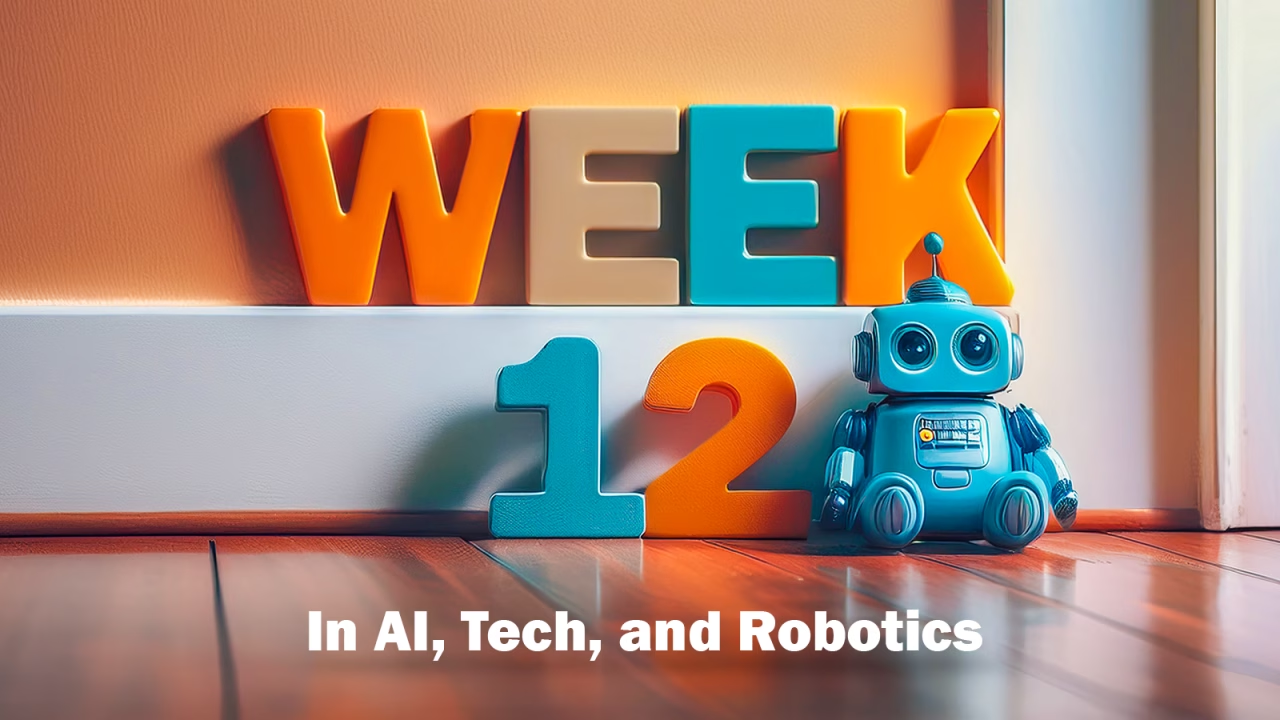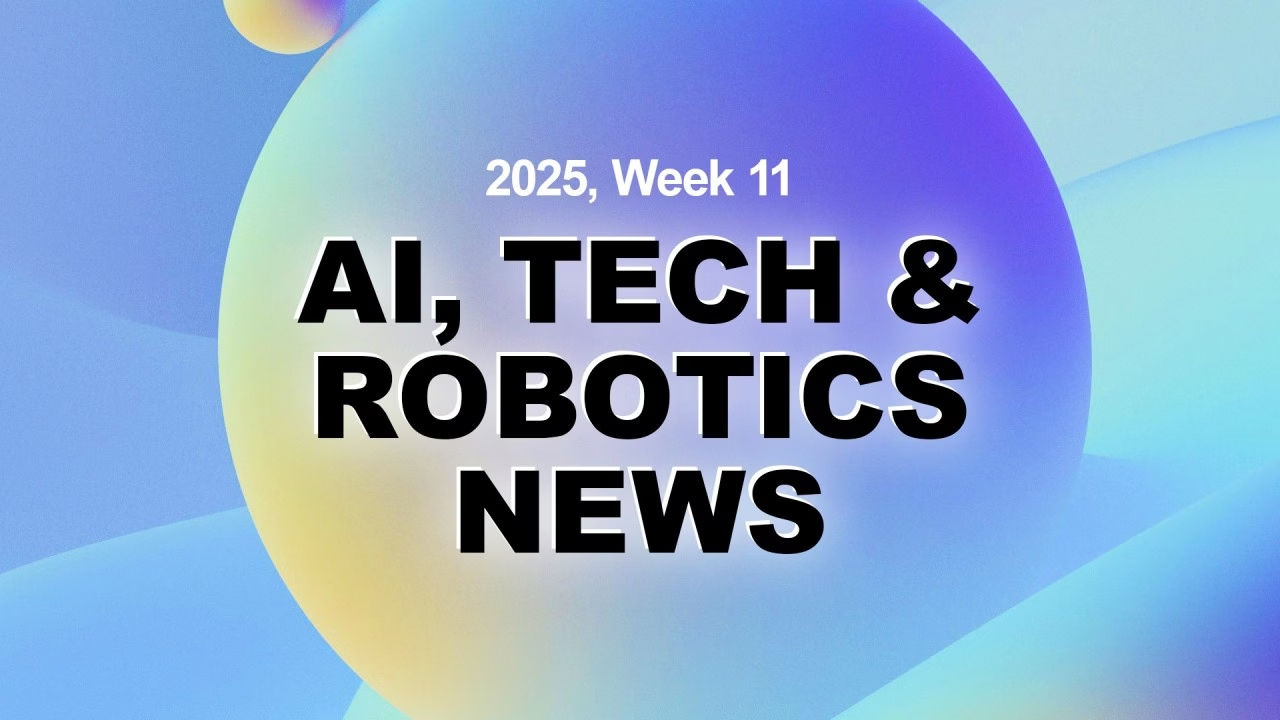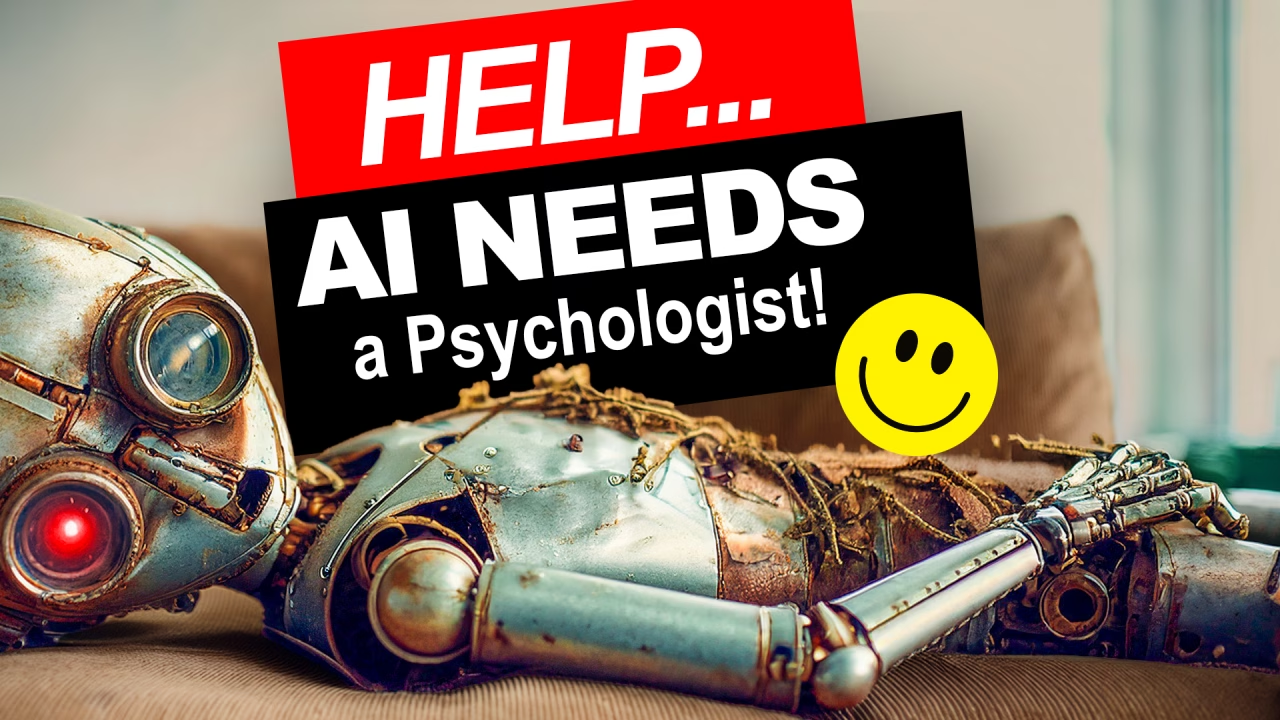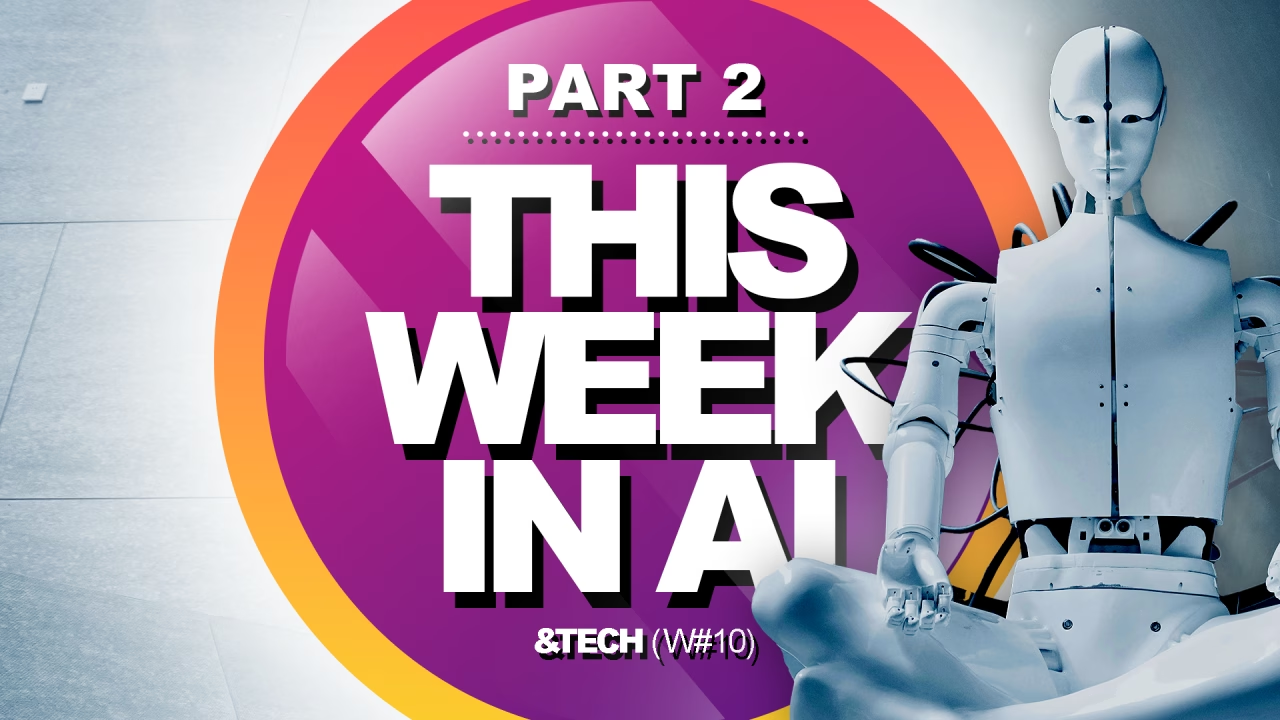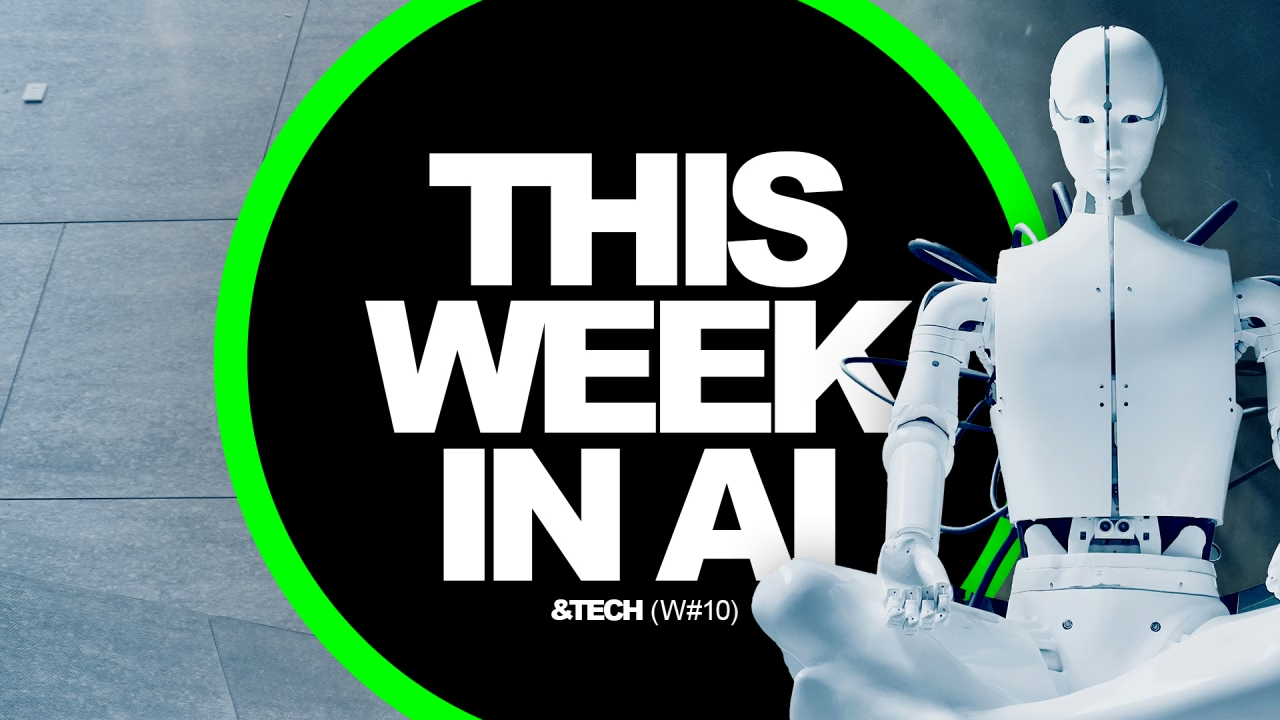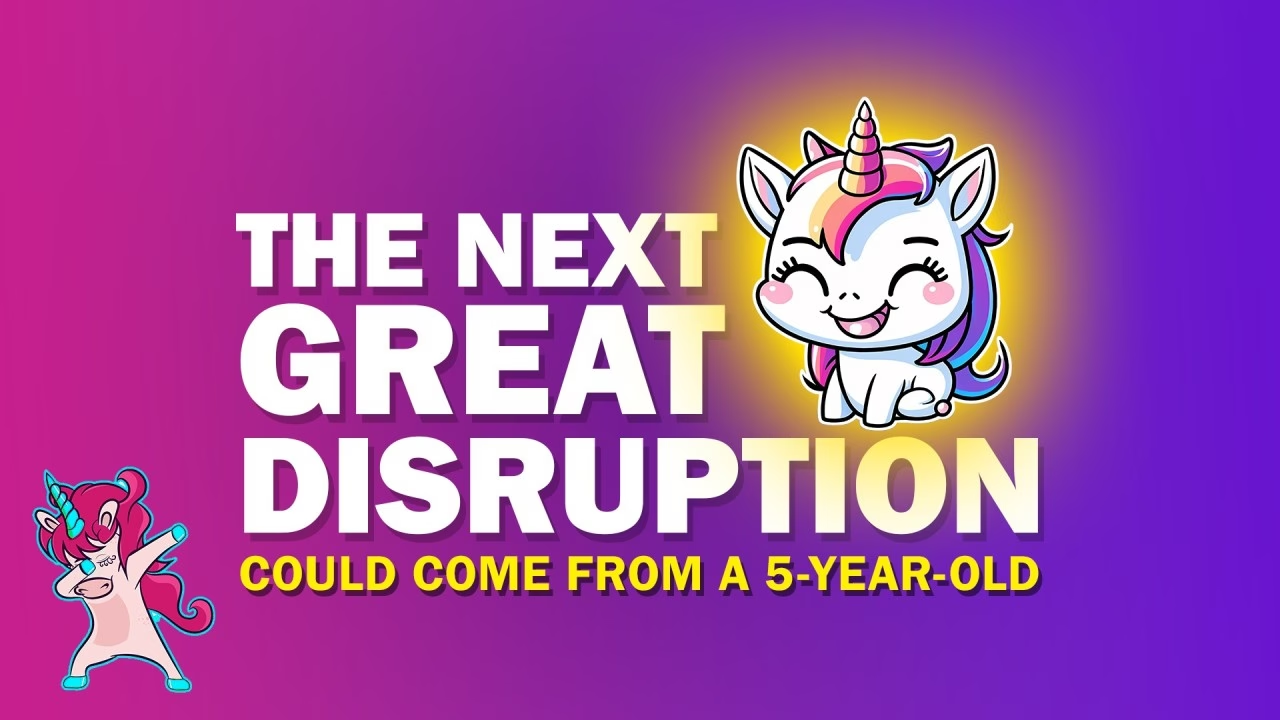In today’s fast-paced world, technology evolves at lightning speed. Each week unveils remarkable advancements. This week is no different. As an AI enthusiast, I’ve been deeply immersed in exploring the capabilities of AI models. Testing older “dumb” models against their “reasoning” counterparts offers insightful learnings in real-world scenarios. From OpenAI’s ChatGPT to DeepSeek and Claude, each model offers unique strengths and responses.
The Inspiring Journey of Liang Wenfeng: From Humble Beginnings to AI Leader
One of the standout stories of this week is Liang Wenfeng’s incredible journey. Growing up in Mililing, a small village in China, Liang exemplifies perseverance and vision. With a natural gift for math, he ventured into quantitative finance, achieving remarkable returns. In 2015, he co-founded High-Flyer Quant and later launched DeepSeek, an AI lab with groundbreaking innovations like DeepSeek-V3.
Liang’s story underscores how foundational skills in math and analytics can pivot to tremendous success in the AI landscape. If you have a background in finance, data science, or machine learning, consider leveraging these skills for AI development. Think bigger, and your strengths could shape the next big tech revolution.
AI Agents and Financial Management: A New Era
A recent report from HiddenLayer reveals a shift in how companies handle real money, using AI agents for handling crypto wallets and completing autonomous transactions. These AI agents manage payments, supplier invoices, and loyalty rewards without human intervention. This development marks a transformative shift in financial automation.
If your organization handles numerous small financial transactions, consider piloting AI agents to manage these workflows. Start with low-risk transactions to build confidence and gradually automate higher value tasks. AI agents can streamline operations and enhance efficiency significantly.
NVIDIA’s Breakthrough: Simplifying AI Development with Python and CUDA
NVIDIA’s announcement of supporting pure Python code on CUDA GPUs is a game-changer. Previously, the learning curve was steep, limiting some developers. Now, Python developers can harness GPU power with ease, dramatically transforming AI app development.
If you’re involved in AI model building or data pipelines, transition your workloads from CPU to GPU. The ease of use with Python means faster prototyping and scaling, without needing a huge team. This update democratizes access to powerful computing resources, speeding up innovation.
Red Teaming in AI: Enhancing Security and Reliability
Security in AI is paramount, and a new research study has emphasized the necessity for red teaming. This involves creative attacks to test AI systems, finding potential vulnerabilities before launch. Red teaming effectively prepares AI for real-world deployments.
Before deploying any AI tool, set up a red teaming sprint. Encourage creativity, simulate attacks, and expose potential issues. Addressing these before a formal launch can prevent chaos and ensure reliable, safe AI products.
Emerging Era of One Employee Unicorn Startups
Startups, once reliant on large teams, are shifting with the integration of AI agents. Companies like Anysphere and Windsurf are thriving with minimal human intervention, using AI for coding, marketing, and operations. This model redefines traditional company structures.
When planning business growth, focus on AI agent integration rather than immediately scaling human resources. AI can efficiently handle repetitive tasks, allowing human employees to focus on strategic and creative elements.
Humanoid Robots in Real Jobs: Revolutionizing Workplaces
Robots like Tesla’s Optimus and Agility Robotics’ Digit are no longer experimental. They work alongside humans in factories, handling tasks such as logistics and inspections. This real-world application heralds a new era in workforce management.
Industries involving logistics or repetitive tasks can benefit from integrating humanoid robots. Start by automating routine tasks, allowing human workers to supervise and handle exceptions.
Practical Applications of Multimodal AI in Business
Multimodal AI models, capable of processing text, voice, and images, are finally practical for business. This versatility simplifies content creation, customer service, and employee training, leveraging a single model for diverse outputs.
Incorporate multimodal AI in content production to automate support articles, video scripts, and more. This integration accelerates workflow and content delivery, enhancing operational efficiency.
Heightened AI Security Breaches: Transparency Urged
A concerning trend is the rise in AI security breaches, with many companies not reporting incidents. This lack of transparency obscures risks from customers and regulators, slowing industry learning.
Adopt policies for breach transparency and establish clear incident handling rules for AI systems. Regular audits of AI systems and supply chains can mitigate risks and maintain trust.
Agentic AI and Task Automation: Beyond Conversations
New AI frameworks allow systems not just to respond but to achieve tasks and goals independently. This advancement enables AI to update records and generate reports autonomously.
Start with low-risk internal goals for agentic AI, like CRM updates or meeting summaries. Gradually expand into more complex tasks as the technology matures and reliability increases.
Open Source Text-to-Speech Tools Transforming Industries
Open-source TTS tools like Bark surpass the quality of costly paid services, offering natural voice capabilities and emotion expression. They operate offline, enhancing privacy and cost-effectiveness.
For businesses reliant on voice applications, switching to open-source TTS tools can cut expenses and improve privacy. This flexibility allows for enhanced customization and control.
Conclusion
This week’s tech developments showcase transformative shifts in AI and technology. From visionary leaders like Liang Wenfeng to advancements in AI agents and robotics, the landscape is evolving. Embrace these changes to streamline operations, improve security, and lead innovation in your field. As technology progresses, staying informed and agile can position you for future success.
